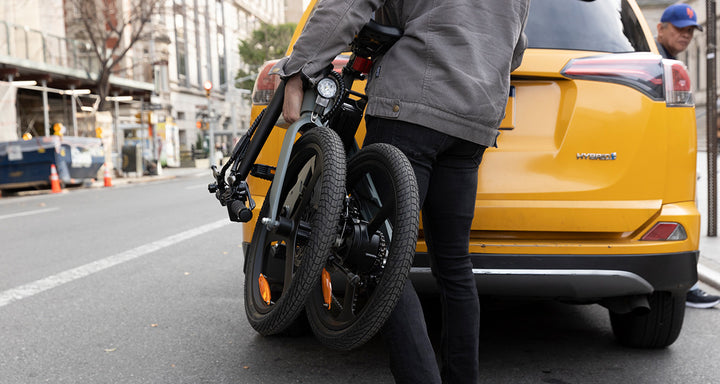Understanding the Basics
Electric bikes, also known as e-bikes, have gained popularity in recent years as a convenient and eco-friendly mode of transportation. But have you ever wondered how these machines work? In this article, we will delve into the mechanics behind electric bike functionality and uncover the secrets behind their pedal-assist perfection.

The Power of Pedal-Assist
At the core of an electric bike's functionality lies the pedal-assist system. This system is designed to enhance the rider's pedaling power by providing an extra boost of electric assistance. By detecting the rider's pedaling force and speed, the pedal-assist system calculates the amount of power needed and delivers it through a motor located in the bike's drivetrain.
With the pedal-assist system, riders can enjoy the benefits of effortless cycling. Whether it's climbing steep hills or conquering long distances, the electric motor provides a welcome assistance that reduces fatigue and allows riders to go further, faster.
How the Motor Works
The heart of an electric bike is its motor. Generally located near the bottom bracket, the motor is responsible for converting electrical energy from the battery into mechanical energy that propels the bike forward. There are several motor types used in electric bikes, including hub motors and mid-drive motors.
Hub motors are integrated into the bike's wheel hub and provide direct power to the wheel. They offer a simple and efficient design, making them popular for city commuting and leisure riding. On the other hand, mid-drive motors are positioned at the bike's bottom bracket, allowing for better weight distribution and improved handling. These motors utilize the bike's gears to optimize power delivery, making them ideal for off-road and hilly terrains.
The Key Components
Aside from the motor, electric bikes consist of other essential components that contribute to their functionality. Batteries are the primary power source, providing the energy needed to drive the motor. Lithium-ion batteries are commonly used due to their high energy density and long lifespan.
The controller acts as the brain of the electric bike, orchestrating the communication between the motor, battery, and pedal-assist system. It regulates the power output and monitors various parameters to ensure optimal performance and safety.
Finally, the display unit serves as the interface between the rider and the electric bike. It provides information such as speed, distance, battery level, and allows the rider to select different power assist levels.
The Future of Electric Bikes
The world of electric bikes is continuously evolving, with new advancements and innovations being introduced regularly. From improved motor efficiency to enhanced battery technology, manufacturers are pushing the boundaries of what electric bikes can achieve.
Furthermore, the integration of smart features, such as GPS navigation and smartphone connectivity, is on the rise. These features add convenience and functionality to electric bikes, making them even more appealing to riders.
In conclusion, electric bikes have revolutionized the way we commute and explore our surroundings. Understanding the mechanics behind their pedal-assist functionality allows us to appreciate the engineering ingenuity that goes into these machines. So, next time you hop on an electric bike, remember the technology and precision that enable the seamless and enjoyable riding experience.







